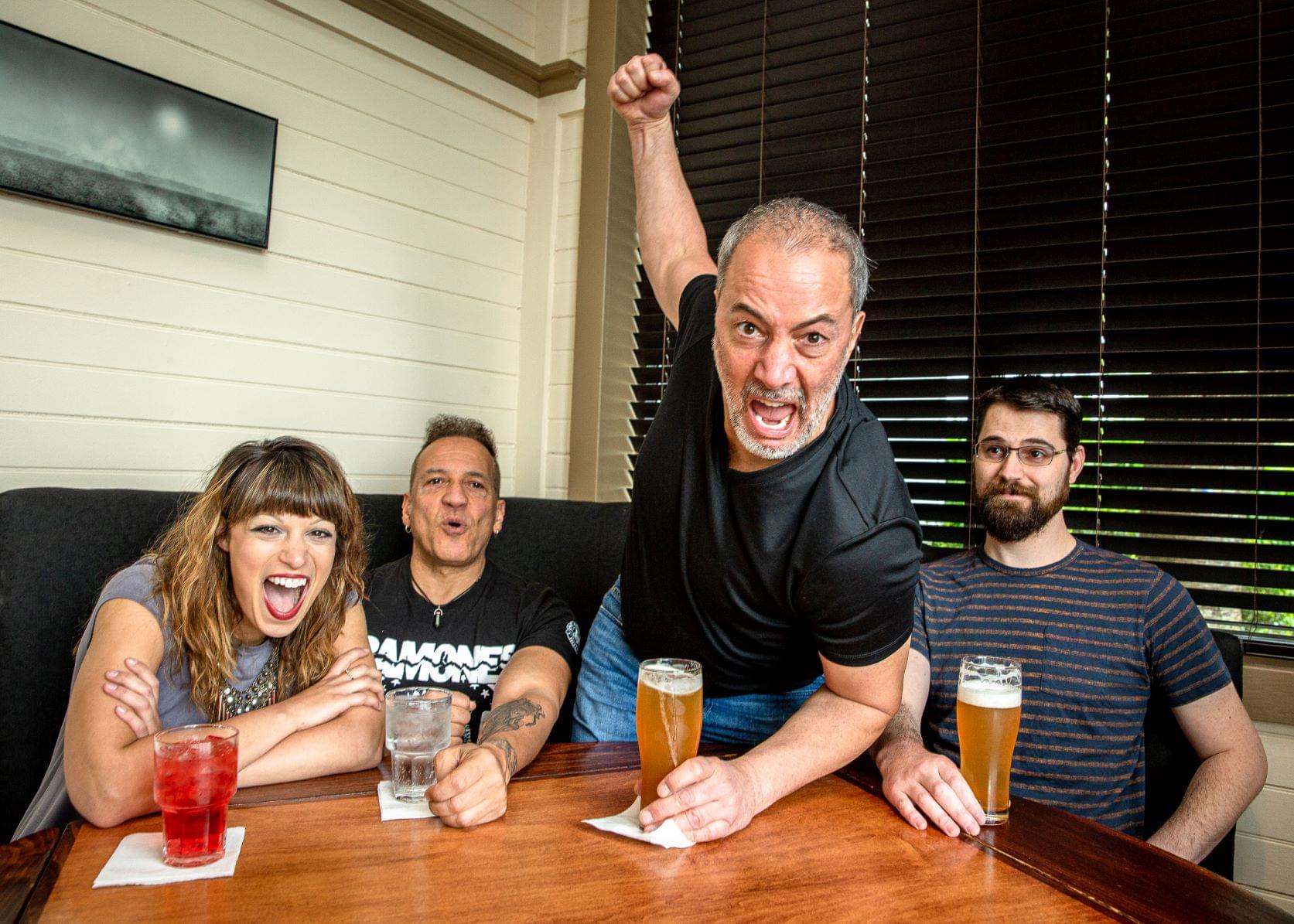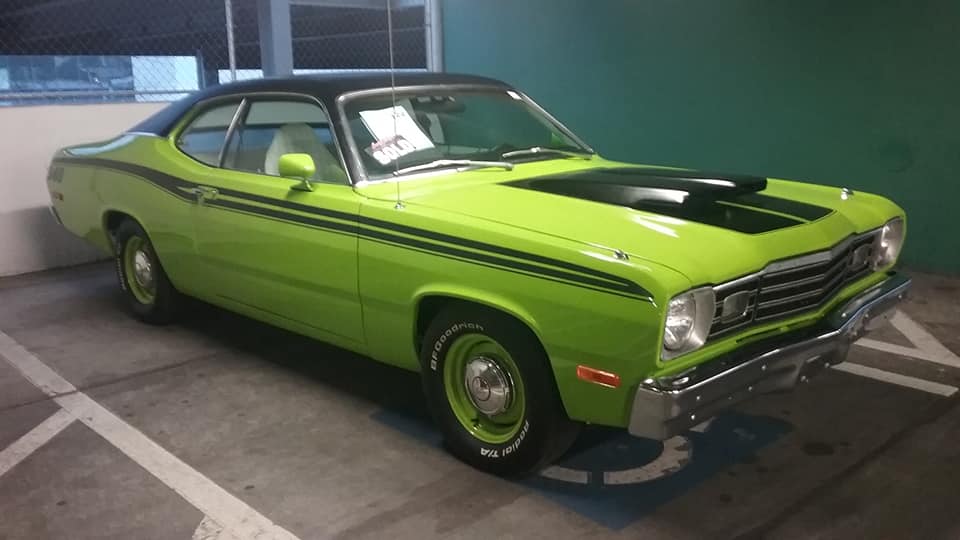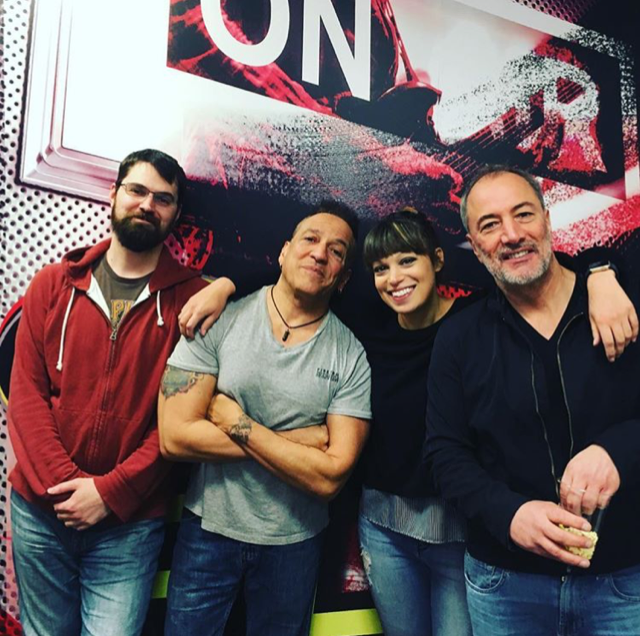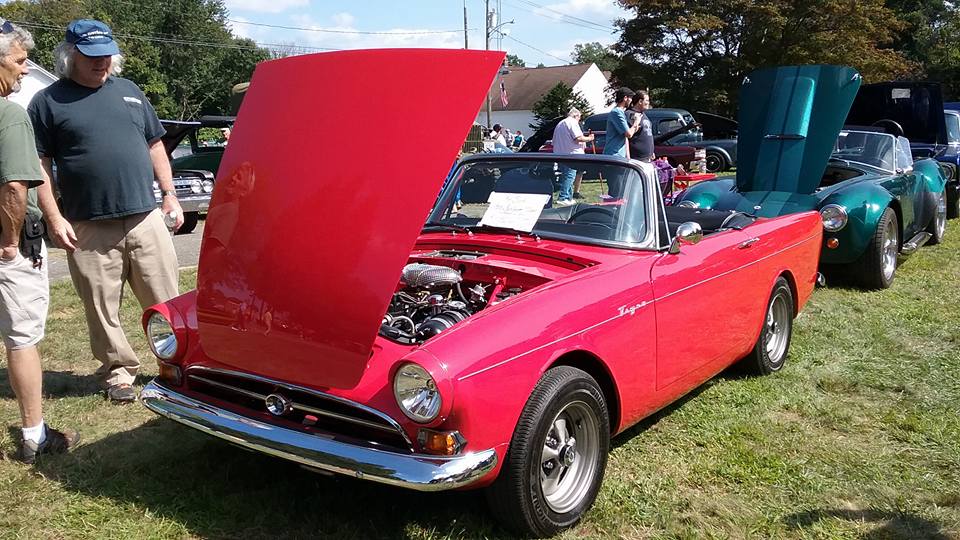Lappy had a blast hanging in North Haven at PC Richard & Son. Did we see you there?


Ed O’Connor worked on projects for the Apollo missions, and explained how his work is still used in space travel programs today (0:00), comedian Kate Clancy talks about hot dogs, AJ’s Instagram, and feet (10:38), and comedian Deon Cole talks about his Old Spice commercial, his brief encounter with Eddie Murphy, and Boss Keith comes in to share the Top 5 strangest things the members of the show follow on Instagram (27:01).


6:00. Governor Lamont has a warning for Connecticut residents.
6:13. Sports Powered by Road Ready Used Cars.
6:20 – 6:40. NASA Engineer, Ed O’Connor, tells us about his experience and the unexpected twists working on the Lunar Module during the Apollo 11 Mission.
7:00. Mayor Boughton on his Pothole battle.
7:13. Sports Powered by Road Ready Used Cars.
7:20. Dumb Ass News. Dumb Ass shoots fire extinguisher off in his mouth.
7:30. Scot Haney is on the phone!
7:40. Intern Jingles made a Demo.
8:00. Yesterday in Meriden a Truck hit tree. Tree hit house. So what did the people inside think? Also, Comedian Kate Clancy joins us in studio.
8:13. Sports Powered by Road Ready Used Cars.
8:20 – 8:40. Loser of the week.
9:00. Comedian/Actor Deon Cole is in studio. What are his favorite stories of the week – Face App?
9:13. Sports Powered by Road Ready Used Cars.
9:20. Dumb Ass News. Dumb Ass caught for arson by her own security camera.
9:30. Boss Keith’s Top 5.

Buzz Aldrin talks about the Apollo program on Twitter celebrating 50 years of the moon landing (0:00), Tribe questions to “AJ on the moon” (7:46), Sean Meaner, Senior Security Engineer at CT Information Security, talk about the FaceApp that is potentially a harmful Russian program (13:03), Dumb Ass News – chicken nuggets in bra (22:51), Hugh Keefe and Tara Knight talk about high profile court cases in the news (26:28), Jimmy Koplik counts down the Top 20 artists he’s booked the most in his career (35:52), How many times did AJ say “right” during the Jimmy Koplik call? (48:17), and Dumb Ass News – moron drives into a river, but her interview with local news afterwards is what makes her today’s dumb ass (55:39).

6:00. Connecticut teenager has license for 2 months. Gets clocked at 84 in a 30.
6:13. Sports Powered by Road Ready Used Cars.
6:20 – 6:40. Call 877-764-2535 to give AJ some advice before he steps out onto the moon!
7:00. If you used the Face App you may have big problems coming. Senior Security Engineer from Connecticut Information Security, Sean Mehner, is on the phone to explain the risks.
7:13. Sports Powered by Road Ready Used Cars.
7:20. Dumb Ass News. She forgot that she had chicken nuggets in her bra.
7:30 – 7:40. Super Attorneys Hugh Keefe and Tara Keefe are in studio. Call in with your legal questions, 877-764-2535!
8:00. That Face App could create some legal issue for you if you accepted its terms. Technology security expert from vpnMentor, Ariel Hochstadt, gives us his advice.
8:13. Sports Powered by Road Ready Used Cars.
8:20 – 8:40. Jimmy Koplik’s most promoted artists ever.
8:40. The Weird Apps on your phone.
9:00. How many times does AJ say “right?” Call in with your guess to win tickets to the Monthly Meal at Brewport in Bridgeport!
9:13. Sports Powered by Road Ready Used Cars.
9:20. Dumb Ass News.


Jingles the intern talks about the time she was run over by a piano (0:00), Former Fairfield police chief Gary MacNamara was talks bank robberies, plus a Tribe member calls in about his wife’s 15 year career at a bank and the five robberies she’s witnessed (2:04), and a conversation about panhandlers turns into something different when Dave from Waterbury calls in to admit he was once homeless for over a year (19:02).
